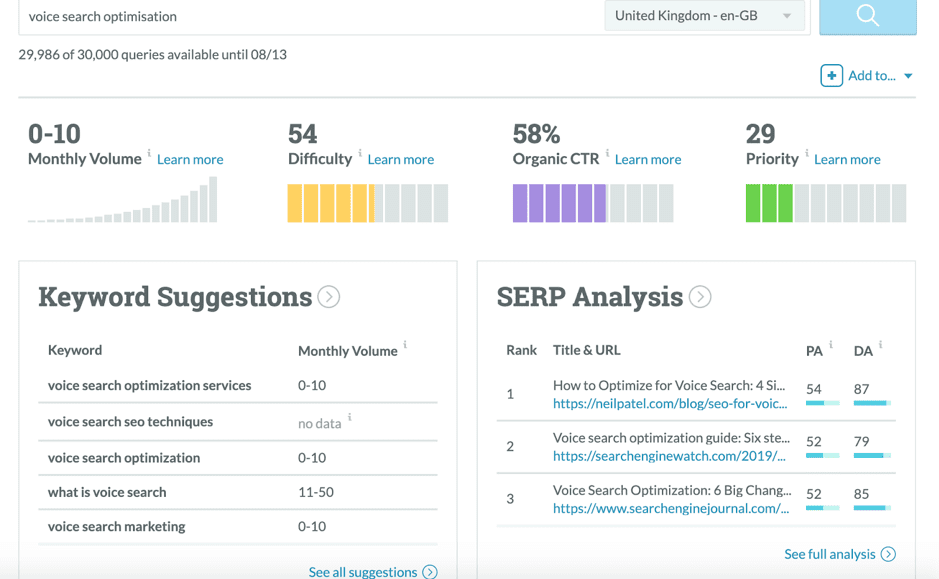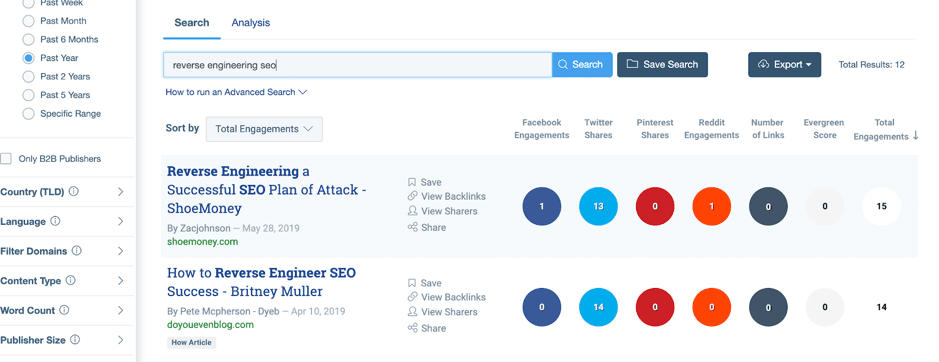The thing about digital marketing and SEO is that it is constantly evolving. This makes it especially hard to master if you don’t have time on your hands to keep up with the continuous changes. It can often make it rather difficult to implement without the help of a digital agency. But, to make life a little easier, there are some other ways to approach your SEO and content strategy, such as reverse engineering SEO and content.
What is Reverse Engineering?
Reverse engineering is the reproduction of someone else’s content following a detailed analysis of what made it successful; whether it’s the topic, the style or its formatting.
Reverse Engineering SEO Strategies
SEO is hard to keep up with because the rules are continuously changing, however, another way of developing your SEO strategy is by looking at the competition. This is an extremely effective way of developing your SEO and content strategy because the nature of SEO is different for every industry. If you own a local metal working business, for example, the challenges and competition and overall strategy is going to be very different than someone in the digital marketing industry. That’s inevitable.
By looking at what your biggest and most successful competitors are doing you can easily reverse engineer your SEO and content strategy, you simply do what they’re doing, only better. But where do you start?
Identify your Biggest Competitors
To get started, you need to know who your top competitors are. You will probably already have this information. Then, write a list of the keyword phrases that you’d like to rank highly in the search engine results pages (SERPs). Now, all you need to do is find out which of your competitors ranks consistently at the top of the results for those keywords. You can manually search this information or you can use a tool like Moz to speed up the process. Generally, 3-5 competitors that consistently rank at the top of the search engines should give you all the information you need for your reverse engineer strategy.
Contact Us

Compare Code Optimisation
Firstly, you need to look at the overall structure of the competitor websites compared to your own website. There are plenty of tools out there to help you with this process, just ensure you use the same one to analyse every website, including your own. Analysis tools such as SEMRush will be the most efficient way to get the information you’re looking for. From the analysis report you will be able to see where you might be able to improve and any problems that need to be fixed. If you don’t have the technical expertise or the time to do this yourself, this is a when a website design agency will be worth the investment. Having a technically sound structure will ensure a positive user experience.
The reports will also highlight where your competitors still have issues. This gives you the opportunity to optimise and clean up your website to outperform the competition.
Compare Content and Copywriting
Once you’ve compared and cleaned up the code optimisation, you need to analyse the content. Every time your competitor produces a successful piece of content, you should see it as an opportunity for you to get some easy insight into what you can do to also create and deliver quality content. By this we do not mean simply copying the content that you’re reverse engineering: you need to break down the content and dissect what it is that makes it good, from there you can take away the good and create something new (and hopefully better). The idea is to learn from their successes and produce content that is perfectly targeted to your audience. One of the most useful tools out there for quickly and easily finding shareable content to reverse engineer is BuzzSumo.

It’s exceptionally easy to use: just type in a relevant search term and voila – you get a page of articles that are highly relevant and broken down by how many social media shares they’ve received.
Here’s a few things we recommend analysing from your competitors websites when it comes to content.
Start by checking out what content your competitors are publishing on a regular basis. Do they have a blog? How often do they post? How long are the blog posts? And most importantly, what are they writing about? The key is to decipher what topics perform well, how to format your content, and which influencers will be most likely to share your content furthest.
The SkyScraper Technique
A popular and recognised technique for reverse engineering great content is Backlinko’s Skyscraper technique. The creator of the SkyScraper technique, Brian Dean, explained how implementing it has increased the number of backlinks to his site – in one case, it even doubling his traffic over a two-week period.
The three key steps to the Skyscraper Technique are:
- Find link-worthy content
- Make something even better
- Reach out to the right people
This is a proven and reliable strategy for creating and distributing quality content that people want to share.
Landing Pages
Next, we recommend taking a look at your competitors landing pages. How are their landing pages structured? How many words do they have on the page? What other types of content are they displaying? Usually, these landing pages will be the pages that are showing up at the top of the search engine results page for target keyword phrase searches. In some cases, your competitors’ homepages will be the highest ranked. But it’s important to take note of the sub landing pages too.
The information you gather from analysing your competitors content will be used to strategise what areas you need to improve on your own website. The key is to then do it better than your competitors. You might determine that you need to blog more frequently, or update your landing pages, maybe even improve your homepage etc. Whatever your competitors are doing well, you need to do it better. And, whatever your competitors are missing, ensure your website has got it covered.
Just to reiterate, the focus of this process shouldn’t be on finding something popular and rehashing exactly the same content, the aim is to:
- Figure out why the content is successful.
- Create quality content that is valuable to your audience.
Compare Social media
Next, take a look at your competitors social media activity. What platforms do they use? How often do they post? What subjects do they post about? How much engagement are they getting? Do they share their blog content via these platforms? Also, what kind of social engagement is built-in on their website? Do they have a Facebook like button, Twitter retweet buttons, Google Plus +1 buttons, etc? Using this information you will be able to create a social media campaign strategy that is essentially better than your competitors.
It’s important to learn from our competitors, if they are doing something well there’s no reason why you can’t too. By taking inspiration from their successes you are recognising their hard work. Plus, it gives you a springboard to producing quality content you know will be successful and perfect for your target audience.
And remember, you can also reverse engineer your own work that’s been successful. Once you have found a strategy that works, stick to it. As they say, “if it ain’t broke, don’t fix it.”
If you would like help with your content strategy or advice on reverse engineering SEO and content please call Mike for more information on 0207 856 0418 or email her today on info@aiminternet.co.uk.
You may also be interested in 12 link building strategies to boost your SEO!

